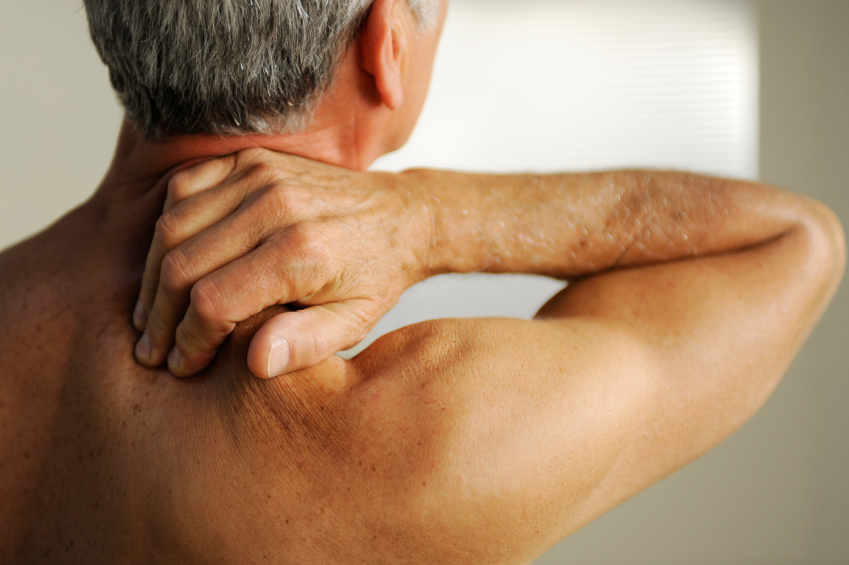WHAT ARE SHIN SPLINTS?
Shin Splints is a slightly vague term, and it gets used a lot when people have pain in the lower leg. Sometimes it’s really straightforward, but it can represent a more serious problem, so if it’s been ongoing for a little while, especially in a child, it’s important to get it checked.
It is common in sportspeople, but can affect anyone who is on their feet a lot. It’s most often associated with running, but shin splints are also common in sports such as soccer, AFL and rugby, and in sports played on hard surfaces such as basketball, netball and tennis.
In practice, shin splints will be one of the following 3 injuries:
1. Medial Tibial Stress Syndrome
MTSS is caused by a sudden change in the amount or type of activity you are doing eg starting a new sport. This leads to the muscles of the lower leg pulling on their attachment on the tibia or ‘shin bone’. There are a number of additional factors that play role a shin splints including fitness, biomechanical efficiency in the lower limbs, footwear, playing surface, recovery, fatigue and dehydration.
Depending on the particular muscles involved, the area of discomfort can be variable (front of the shin vs. inside of the shin), however the typical pattern of pain following exercise is a common feature.
At this point it is really straightforward to treat, and we use a combination of treatment in clinic with home exercises to get the best result. If left unchecked it can progress.
Long bones such as the tibia have a thin covering called ‘periosteum’ that muscles grip onto at their site of attachment. Excessive loading of weak muscles in the lower leg will cause the periosteum to ‘peel away’ from the underlying bone and a layer of fluid will develop in the tibia as a result of a local inflammatory response. The problem here is that the fluid will weaken the bone in the affected area and the patient will be at increased risk of a stress fracture (read on).
2. Stress Fracture
A stress fracture develops over a period of time when the stress on a bone has exceeded the bone’s ability to heal at the normal rate. They are usually subtle injuries that are difficult to visualise on x-ray because they affect the micro-structure of the bone, rather than the whole structure. However, x-rays can demonstrate swelling of the periosteum, which is a clue that there could be an underlying stress fracture. In this case, MRI follow up is the best course of action in order to check for stress fracture.
Female athletes are at increased risk of developing stress fractures, because there is an established link between low bone mineral density, an irregular or absent menstrual cycle and eating disorders. We call this type of presentation the ‘Female Athlete Triad’. Working with Premier League female soccer teams taught me to maintain a high suspicion for underlying stress fractures and to help minimise the risk through early screening, preventative home exercise programs and patient education.
Stress fractures are usually painful at the time of exercise and will often prevent a person from exercising. It is important that this condition is managed correctly and appropriate imaging is obtained to provide a time scale for treatment.
3. Compartment Syndrome
Rather than affecting one small part of the bone, like a stress fracture does, CS affects a larger area. It results from overuse, inflammation or a direct impact to the connective tissue ‘compartments’ that contain the muscles and vessels of the lower leg.
Pressure inside one or more of these compartments increases with exercise (which brings on the pain) and then reduces after exercise – this is distinct from MTSS where pain is normally felt after exercise and not during.
Increased pressure in the compartments of the lower leg can cause compression of nerves and blood vessels that supply the foot, causing pins and needles, numbness and/or weakness. This is a case for urgent medical attention as there is a risk of long-term nerve damage and infection. Don’t ignore these symptoms!
If you have shin pain, the first steps are to determine what type of shin splints you have and exclude a stress fracture or compartment syndrome. Then we must formulate a treatment plan that incorporates manual therapy to provide relief and exercise rehabilitation to prevent symptom recurrence.
Dry needling is particularly useful as we can treat muscles in the lower leg effectively without applying pressure to the affected area – this would normally be very painful for someone suffering from shin splints. We can also help you modify your exercise program and address other factors that are playing a role in your condition.
If you think you may be developing shin splints, don’t delay in booking an appointment to get the problem managed properly. Early detection and intervention will stop the problem from worsening and reduce your time away from sport, so that you can focus on your performance rather than an injury!






